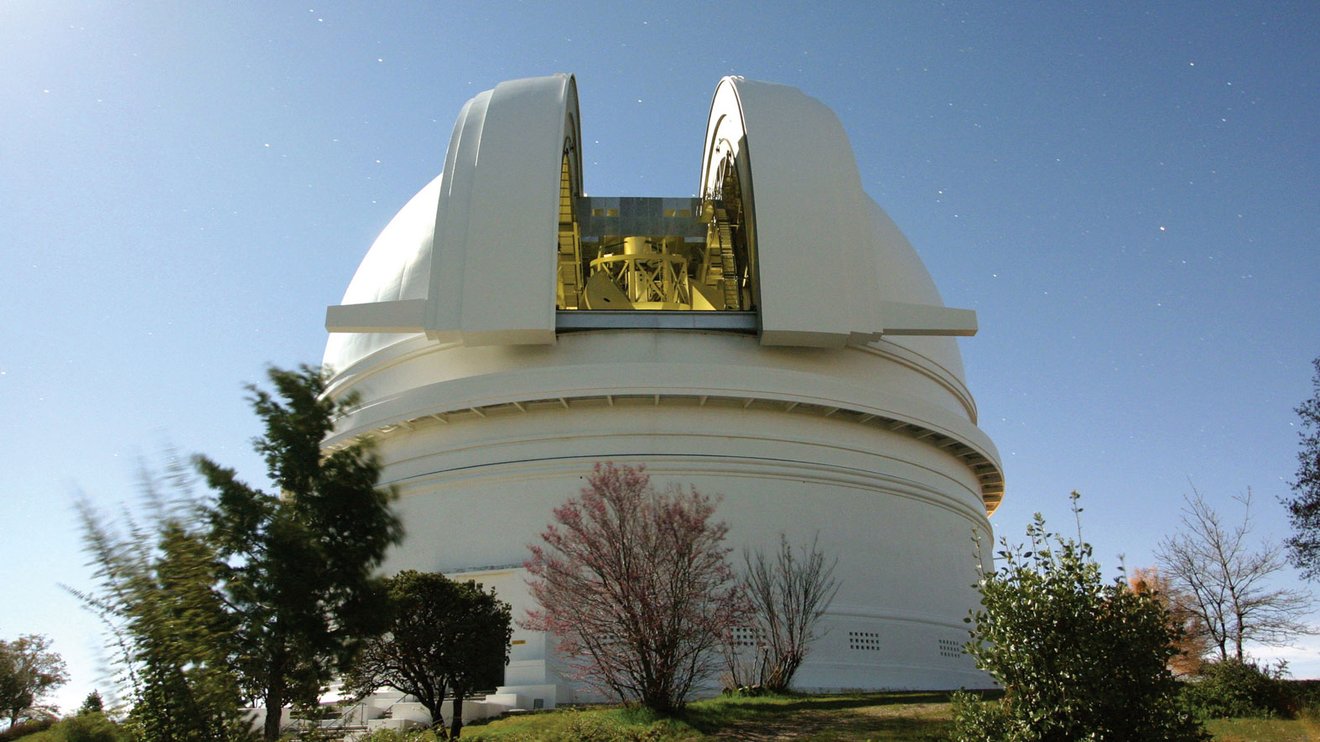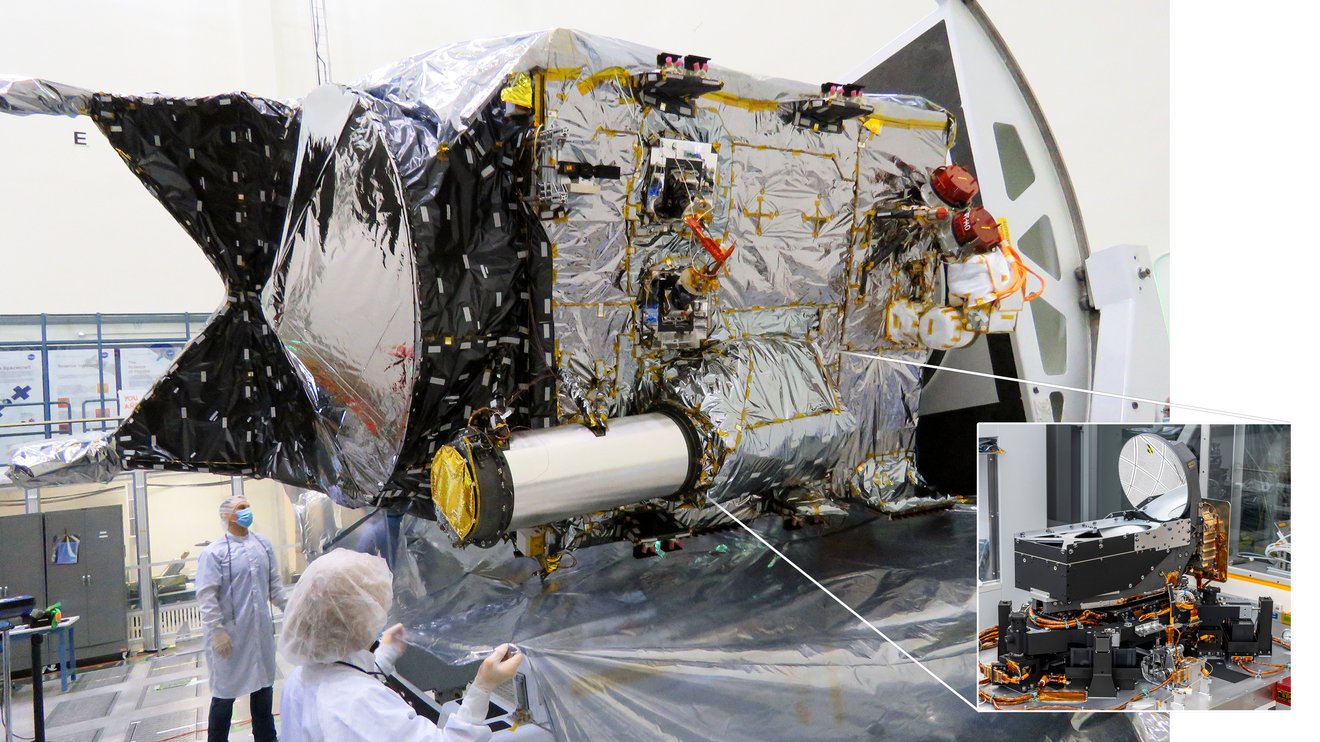Although humanity has made remarkable leaps since the dawn of the Space Age by journeys to every planet in our solar system or robotic spacecraft sent into interstellar space, these missions are still hamstrung by the 1960s radio communication technologies.
Relying on old-fashioned X-band radio systems, crewed and robotic missions are suffering from bandwidths and transmission speeds that are ridiculously small and slow.
NASA has announced that their coming Psyche probe launched in October to reach a metal asteroid as much as 309 million miles (497 million km) from Earth, will carry a new laser communication system.
Communications Technologies Aim to Increase Data Transmissions from Space
To solve these issues, NASA has been making experiments to use lasers to create much faster direct links between space missions and Earth, and to free up the Deep Space Network (DNS) of antennas for more important tasks.
Being the latest of those, NASA’s Deep Space Optical Communications (DSOC) project involves installing a near-infrared laser transceiver aboard the Psyche spacecraft.
The DSOC is considered to increase the data flow by a factor of 10 to 100 thanks to an 8.6-in (22-cm) aperture telescope equipped with a new photon-counting camera and a subsystem to autonomously scan. It is locked onto the high-power near-infrared laser uplink transmitted by the Optical Communication Telescope Laboratory at JPL’s Table Mountain Facility.
Then, DSOC can find the Palomar Observatory in San Diego County, California, which acts as the downlink. Additionally, a new strut system will dampen spacecraft vibrations, ensuring that the laser remains fixed on the distant target.
On the other hand, a cryogenically cooled superconducting nanowire single photon detector assembly to detect a single laser photon. Due to the immense distance that the laser travels across, both ends of the system will have to compensate for the change in the positions of the Earth and Psyche. It will take tens of minutes for the signal to travel between the two.

Space Missions Never End
Recently, India’s Chandrayaan-3 rover has launched and successfully touchdown on the moon after Russia’s Luna-25 lander crashed in the same region just a few days before. It also made India become the first country to land a craft near the largely unexplored South Pole and name it the fourth nation to land on the moon.







